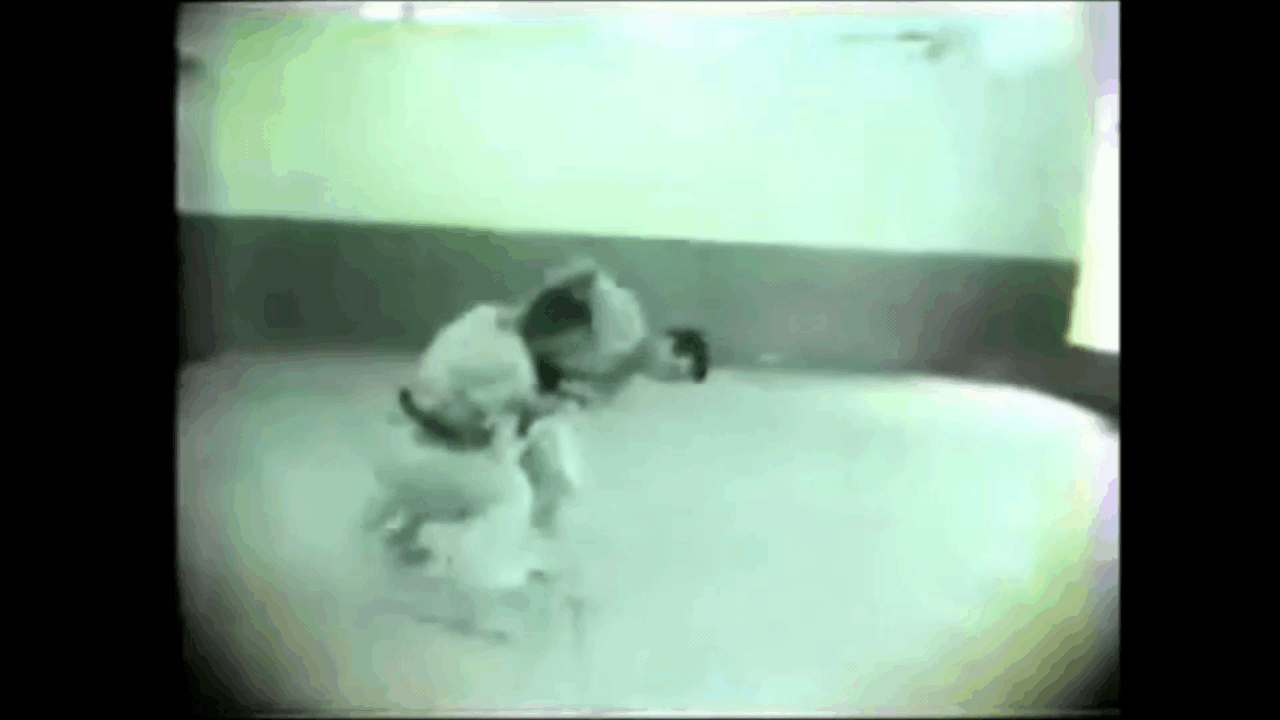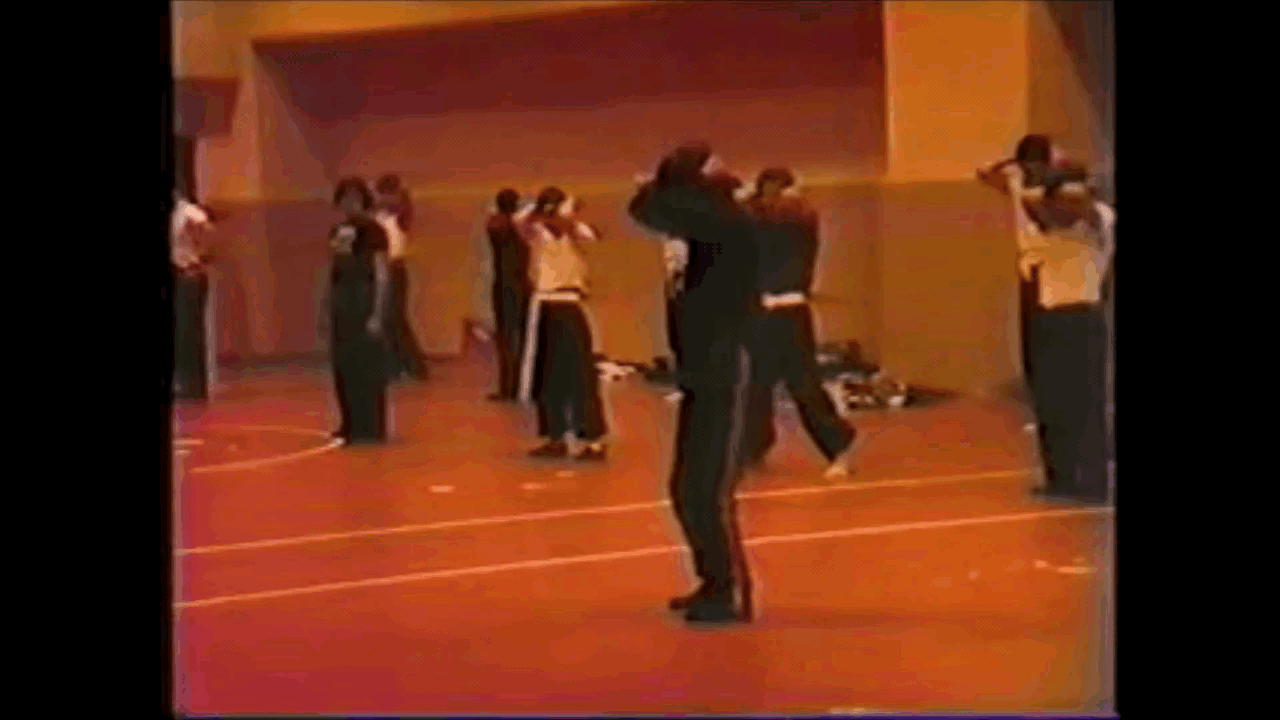Gyakuto
Senior Master
I practised Wado Ryu Karate which has many throws (Jiu Jutsu) and take downs - onto wooden floors back then…none of those namby-pamby mats for us 
We were advised to land on the biggest surface area, covered with the thickest muscles, as possible to spread the force of impact. The videos posted seem to show that principle with the lower buttocks and whole lateral aspect of the legs being the point of contact. I can’t figure out why slapping the mat seems to reduce impact but it does. It also stops you landing on your elbow which is very painful and potentially disastrous.
We were advised to land on the biggest surface area, covered with the thickest muscles, as possible to spread the force of impact. The videos posted seem to show that principle with the lower buttocks and whole lateral aspect of the legs being the point of contact. I can’t figure out why slapping the mat seems to reduce impact but it does. It also stops you landing on your elbow which is very painful and potentially disastrous.




